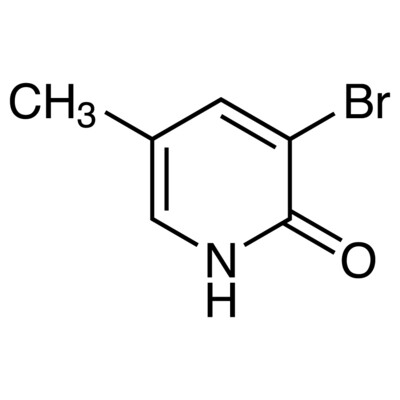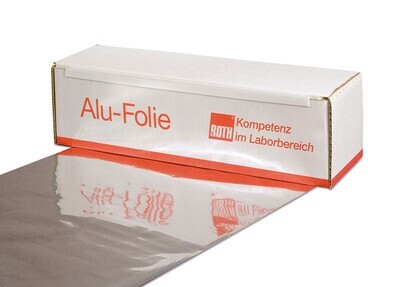Silver nitrite 100 g
SKU 006984-2
€ 444,02
End user declaration required
In stock
1
Save this product for later
Silver nitrite 100 g
Product Details
CAS number: 7783-99-5
Chemical formulas: AgNO2/ F.W. 153.88
Cation: Ag
Packaging: 100 g
EAN: 8721028250384
Brand: Laboratoriumdiscounter
Silver nitrite is a chemical compound with the formula AgNO2. It is a highly reactive and unstable compound that is commonly used in various industrial applications. With its unique properties, silver nitrite is often utilized in the production of silver-based catalysts, as well as in the synthesis of other silver compounds. Additionally, it finds application in the field of photography and as a reagent in organic chemistry reactions. Explore the diverse uses and characteristics of silver nitrite in this informative guide.
When working with silver nitrite, it is important to follow safety precautions to minimize the risk of accidents or exposure. Here are some short safety instructions to consider: 1. Personal Protective Equipment (PPE): Always wear appropriate PPE, including gloves, safety goggles, and a lab coat or protective clothing, to protect your skin, eyes, and body from potential contact with silver nitrite. 2. Ventilation: Work in a well-ventilated area or use a fume hood to prevent the accumulation of fumes or vapors. Ensure proper airflow to minimize inhalation risks. 3. Handling: Handle silver nitrite with care, as it can be toxic if ingested, inhaled, or absorbed through the skin. Avoid direct contact and spills. Use appropriate tools, such as tongs or spatulas, to handle the substance. 4. Storage: Store silver nitrite in a tightly sealed container in a cool, dry, and well-ventilated area. Keep it away from incompatible substances, such as reducing agents or organic materials. 5. Emergency Preparedness: Familiarize yourself with the location and proper use of safety equipment, such as eyewash stations, safety showers, and fire extinguishers. In case of accidental exposure or ingestion, seek immediate medical attention. 6. Waste Disposal: Dispose of silver nitrite waste according to local regulations and guidelines. Do not pour it down the drain or dispose of it with regular trash. Consult with your institution or local authorities for proper disposal methods. 7. Training: Ensure that you have received proper training on the handling, storage, and disposal of silver nitrite before working with it. Follow all safety protocols and guidelines provided by your institution or supervisor. Remember, these instructions are not exhaustive, and it is essential to consult the specific safety data sheet (SDS) and guidelines provided by the manufacturer for comprehensive safety information when working with silver nitrite.
Please note, not all safety data for this product is available on our website, for a complete list of P en H sentences and other safety instructions please request the MSDS at our customer service
You May Also Like

4-(4-Fluorophenyl)butan-2-one, 97.0%, 5g
4-(4-Fluorophenyl)butan-2-one, 97.0%, 5g
SKU F401515-5G
€ 491,70

3-(Pyrimidin-5-yl)propanoic acid, 95.0%, 100mg
3-(Pyrimidin-5-yl)propanoic acid, 95.0%, 100mg
SKU F430783-100MG
€ 438,90

((2-IODOETHOXY)METHYL)BENZENE, 97.0%, 10g
((2-IODOETHOXY)METHYL)BENZENE, 97.0%, 10g
SKU F535660-10G
€ 243,10
Display prices in:EUR



![1-Benzyl-[1,4]diazepane dihydrochloride, 98.0%, 10g 1-Benzyl-[1,4]diazepane dihydrochloride, 98.0%, 10g](https://d2j6dbq0eux0bg.cloudfront.net/images/88473019/4856949840.png)




![[1,1'-Biphenyl]-2,2'-diyldiboronic acid, 95.0%, 250mg [1,1'-Biphenyl]-2,2'-diyldiboronic acid, 95.0%, 250mg](https://d2j6dbq0eux0bg.cloudfront.net/images/88473019/4856266544.png)

